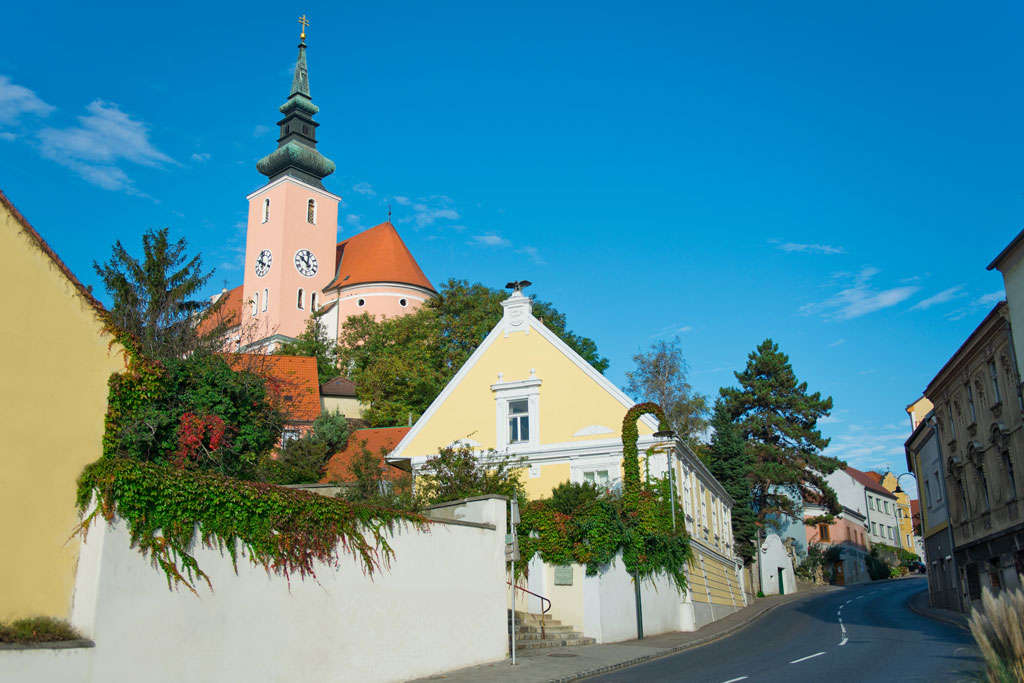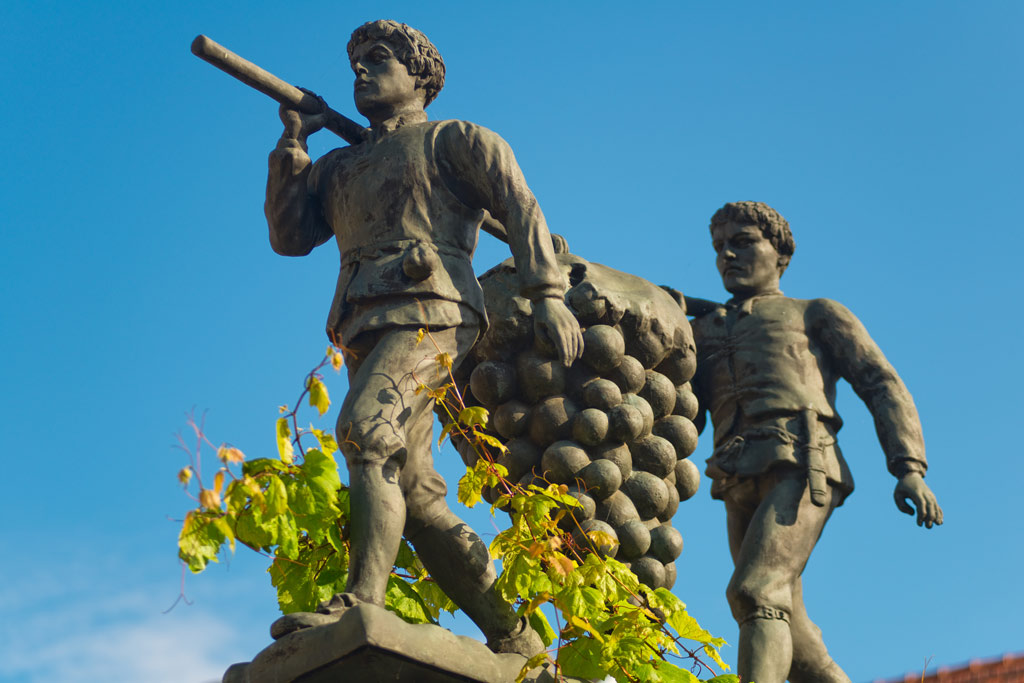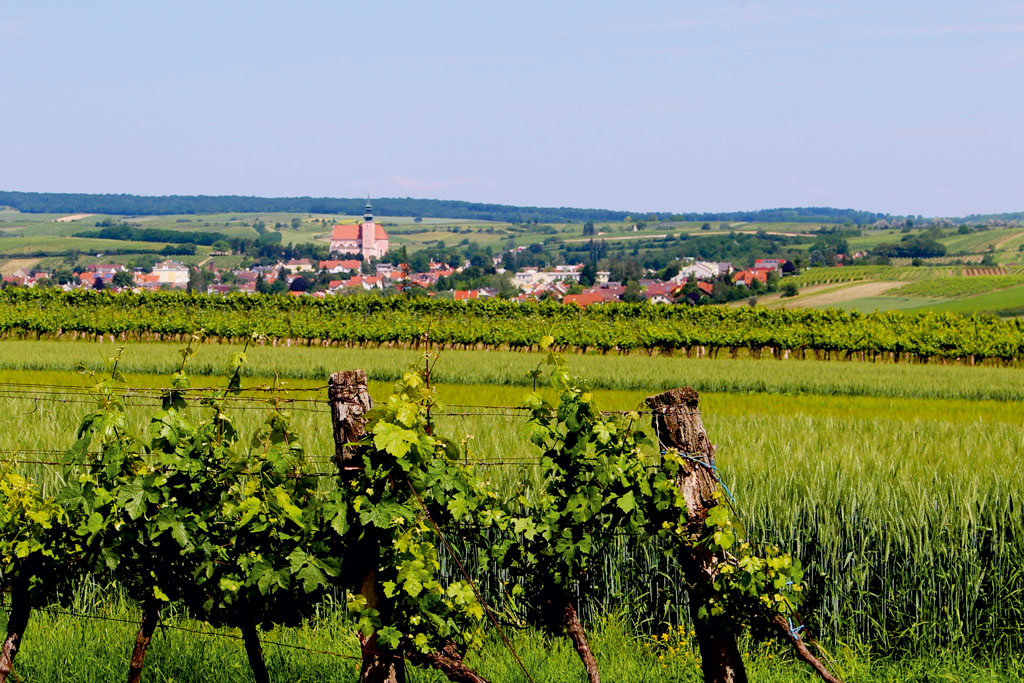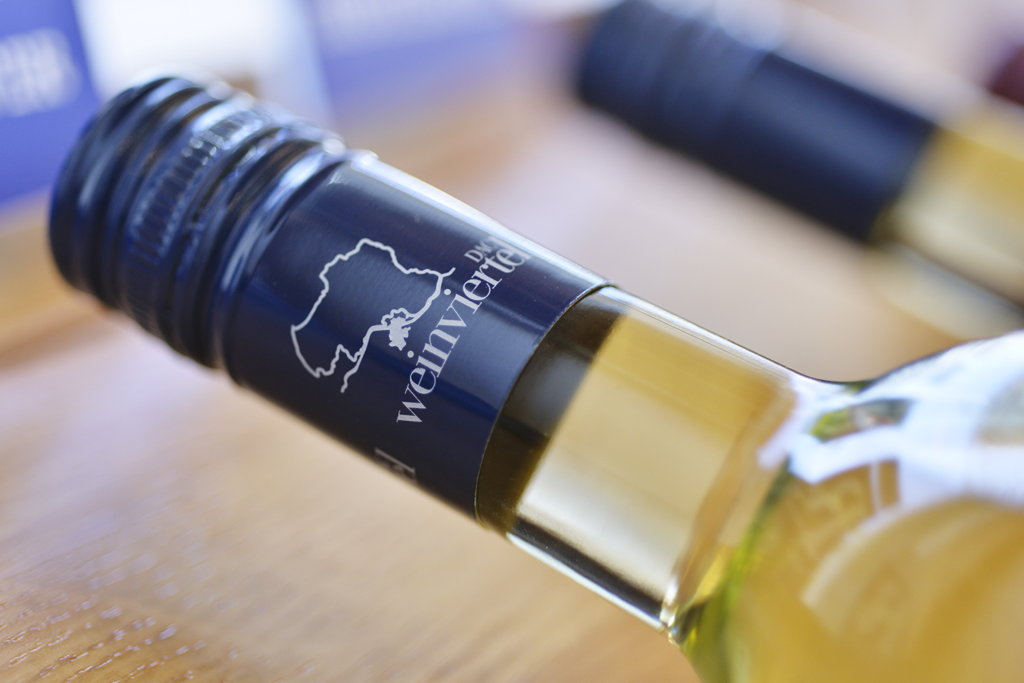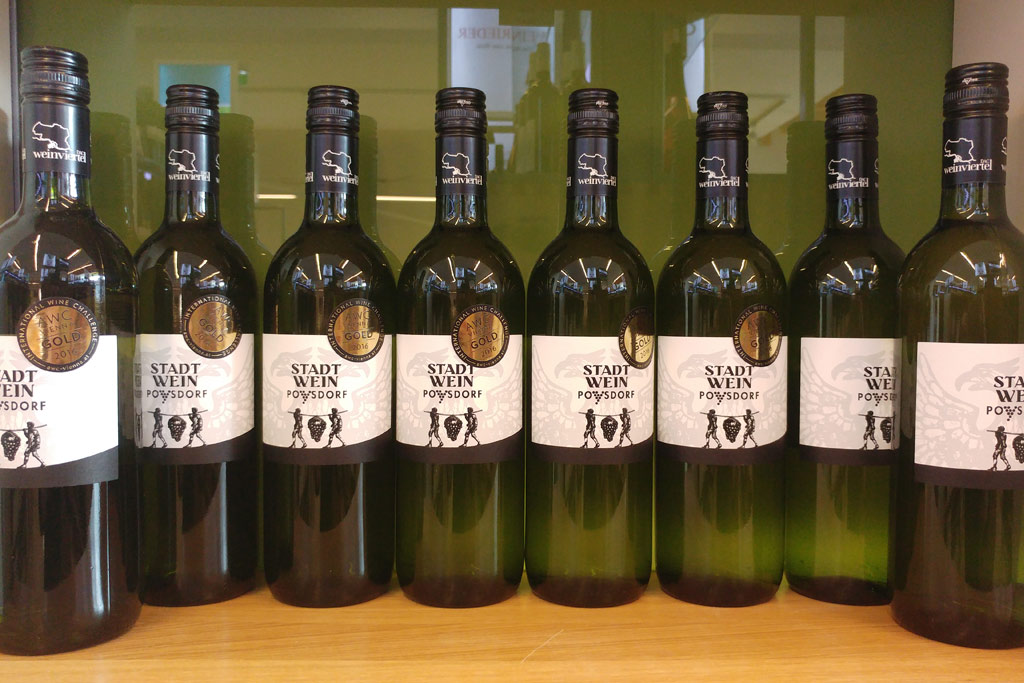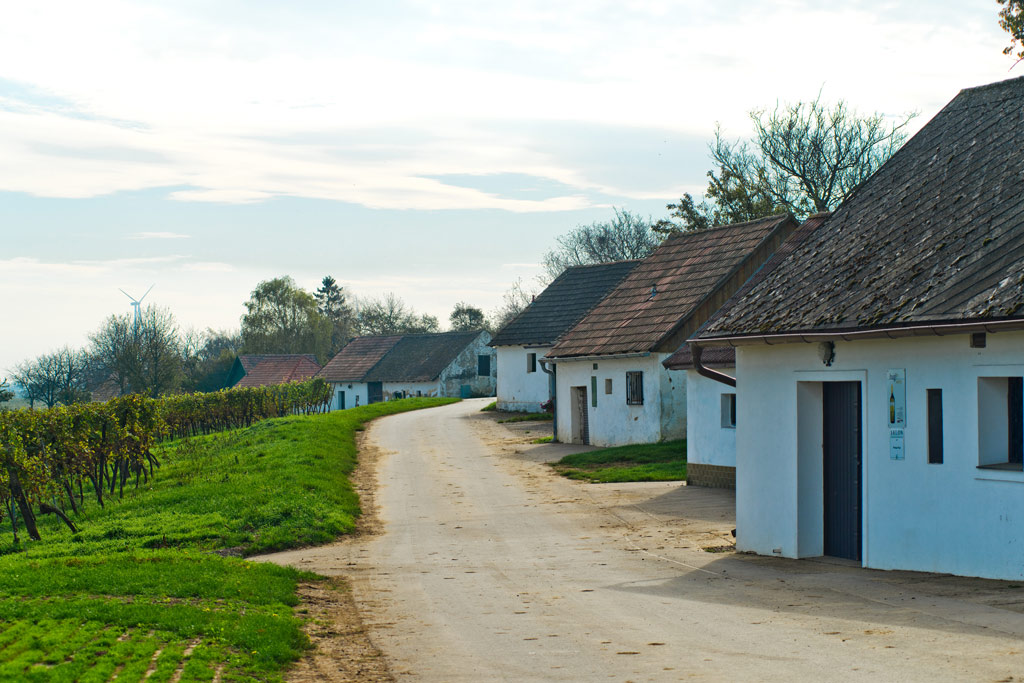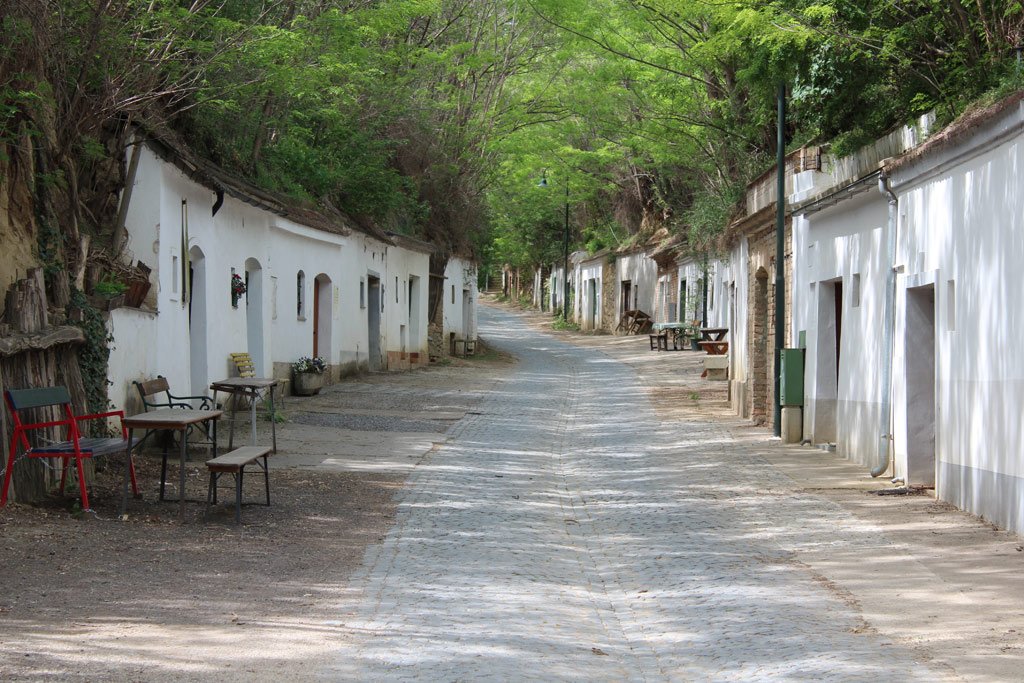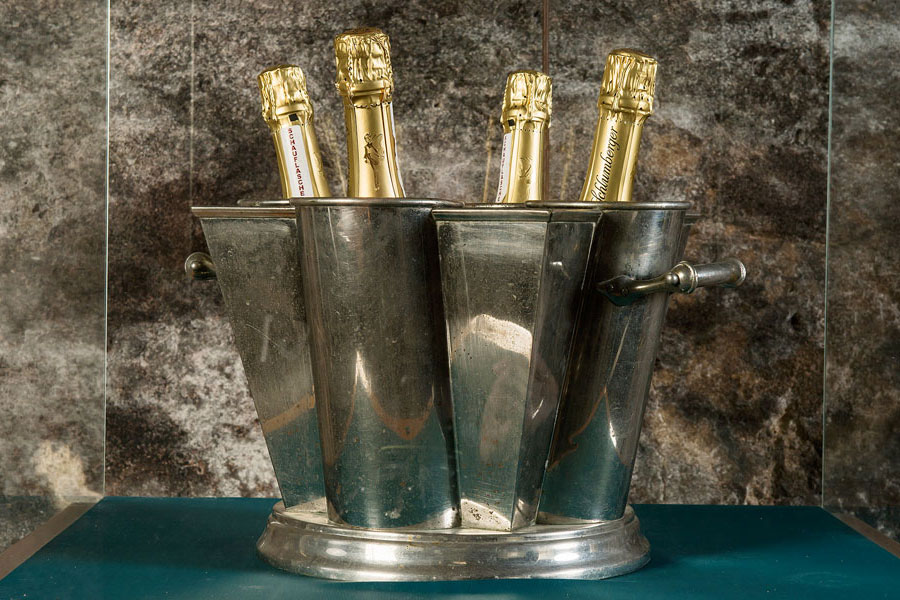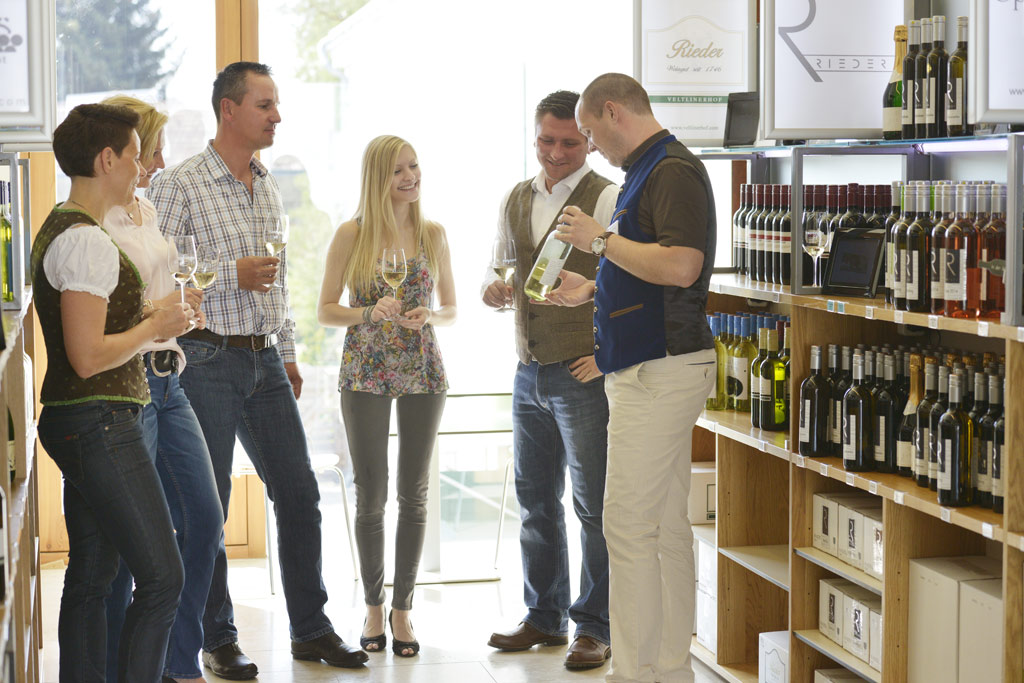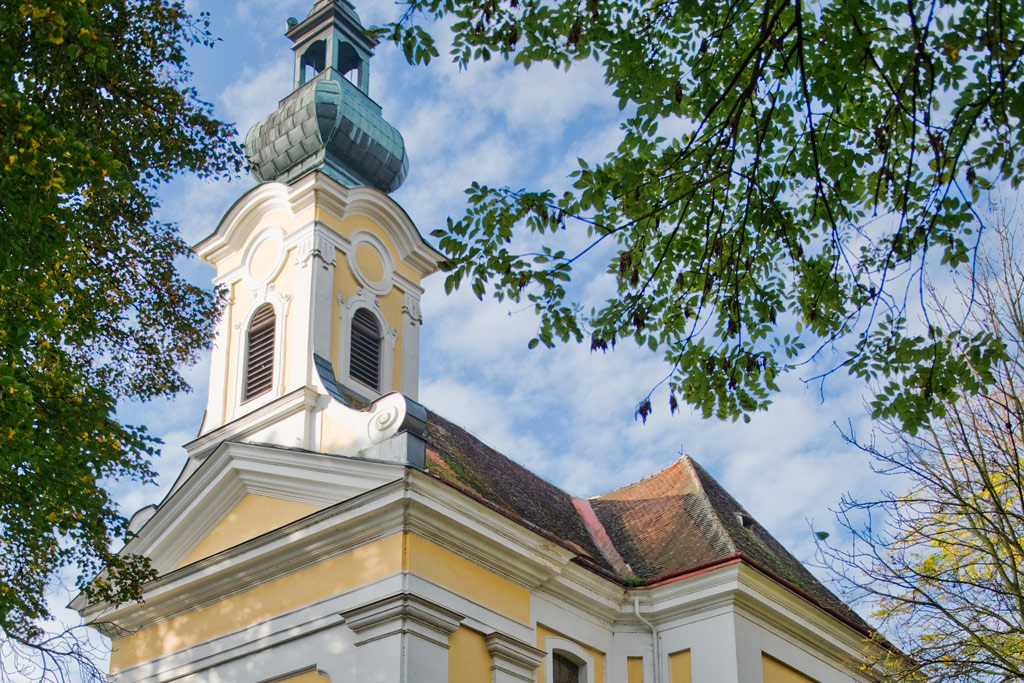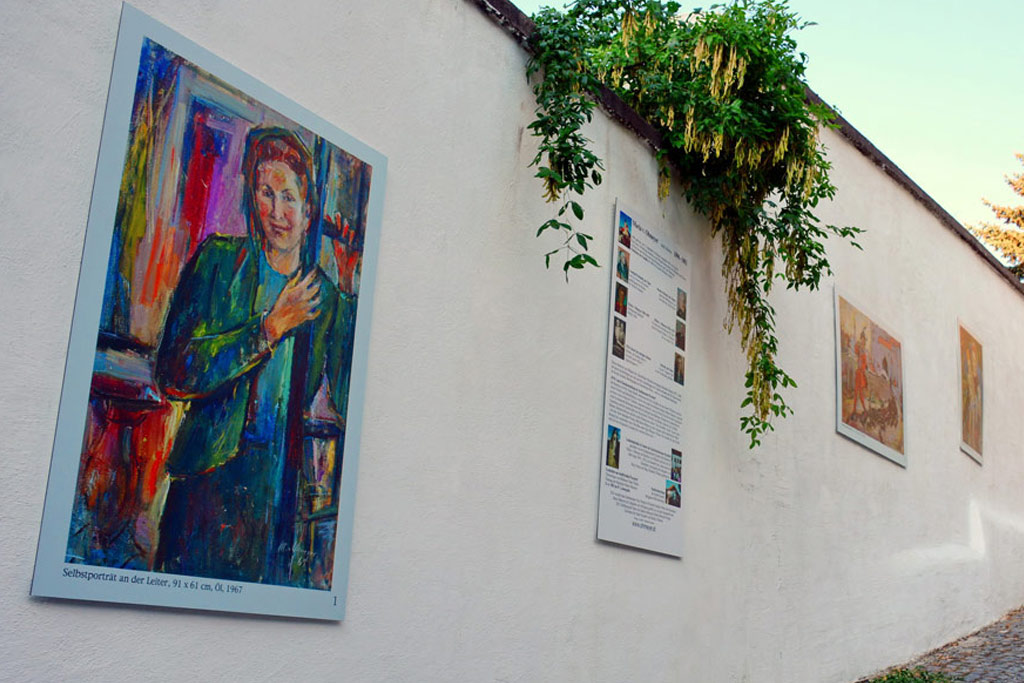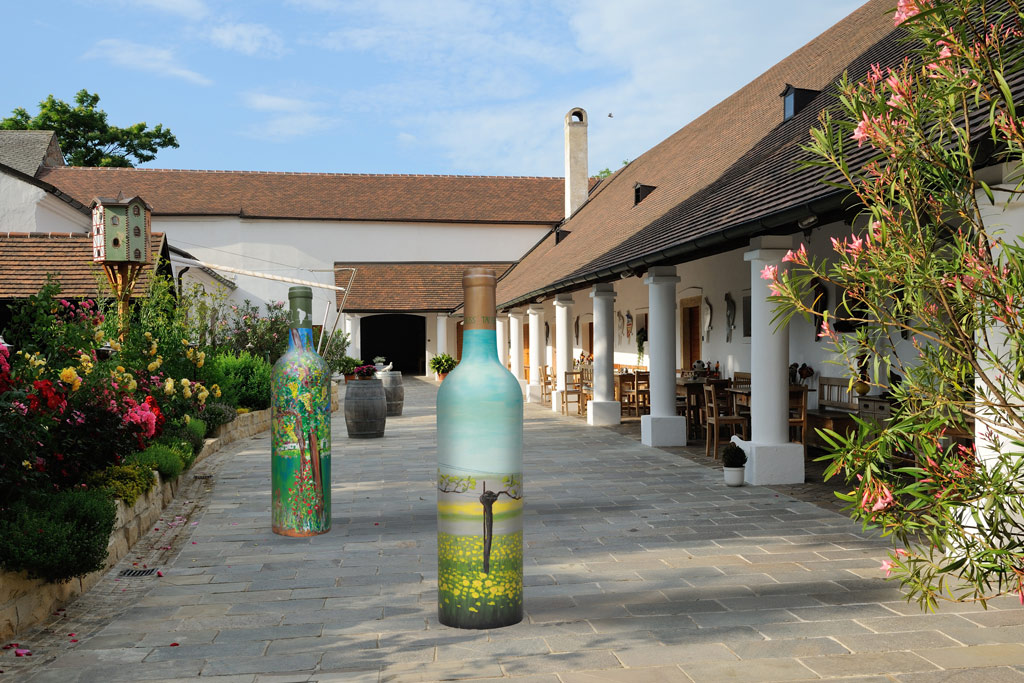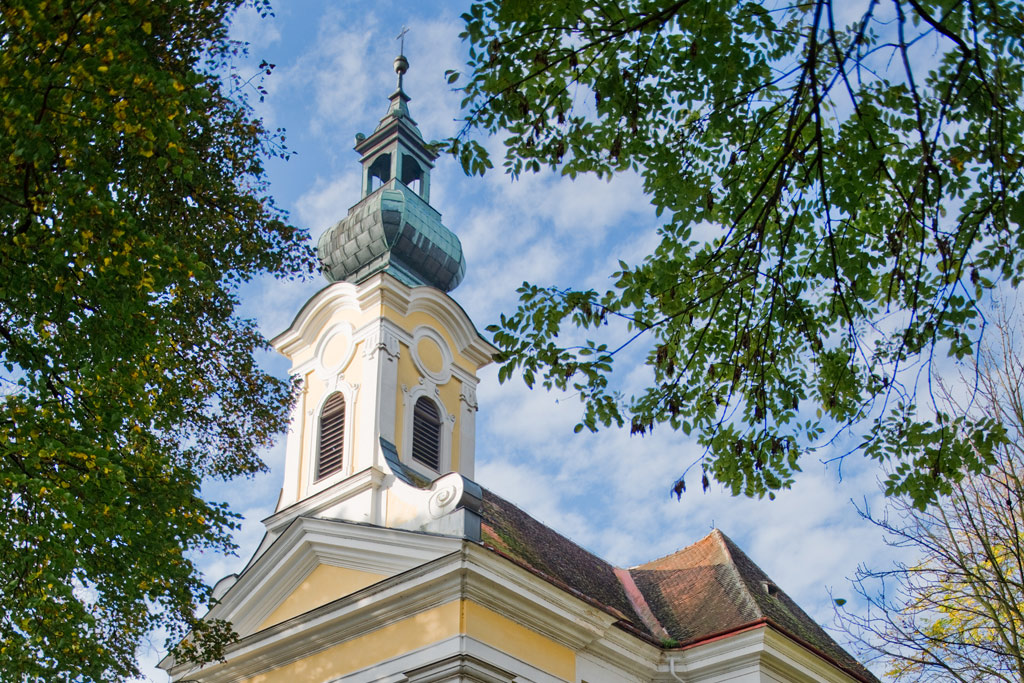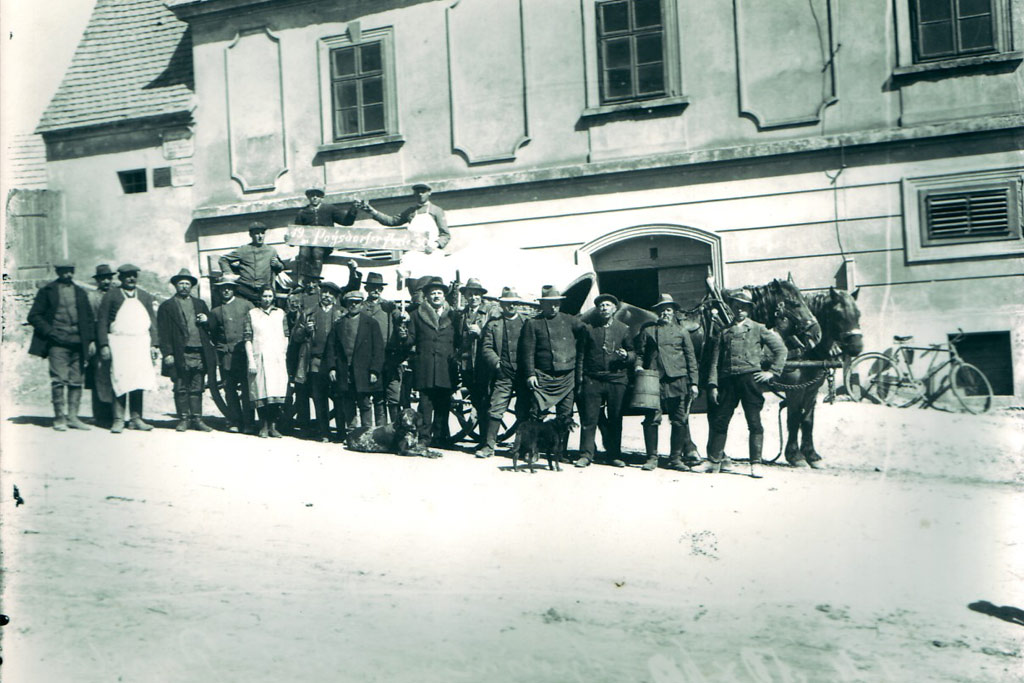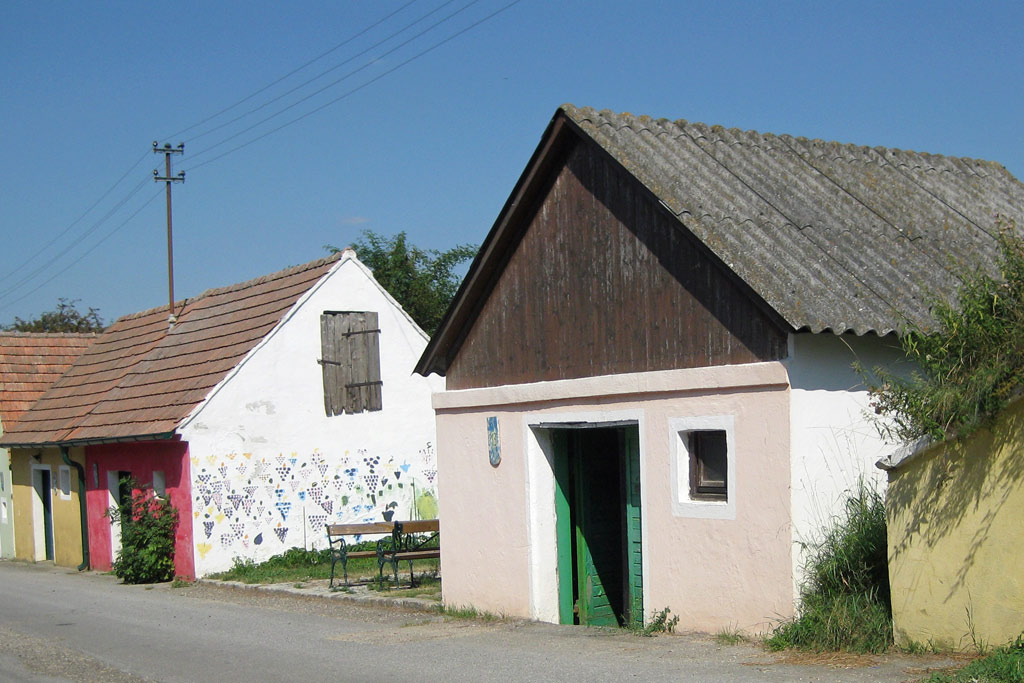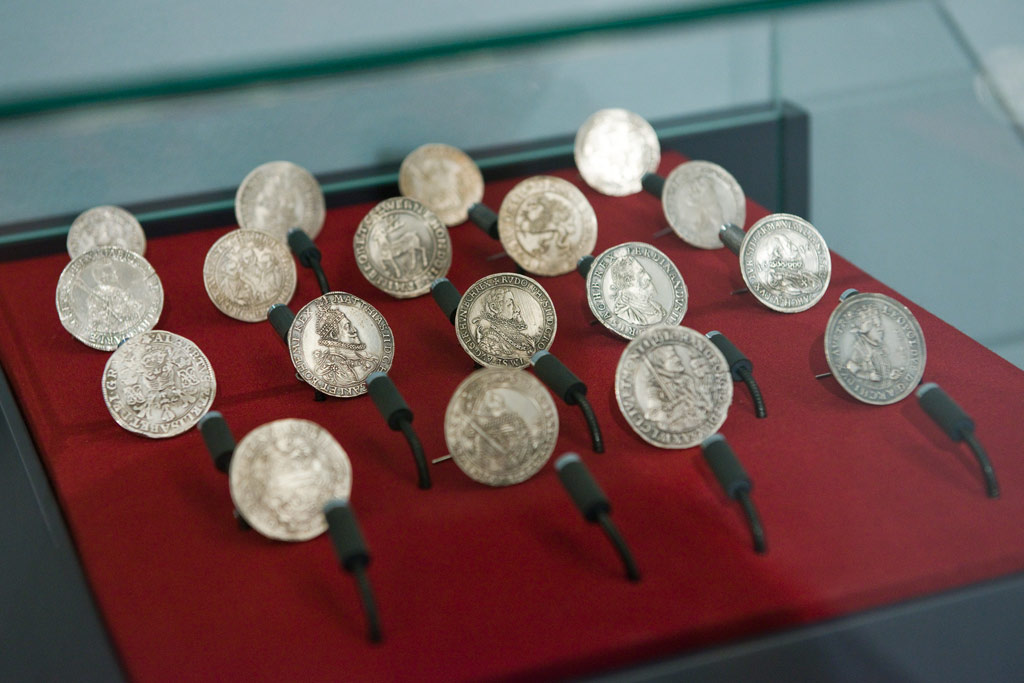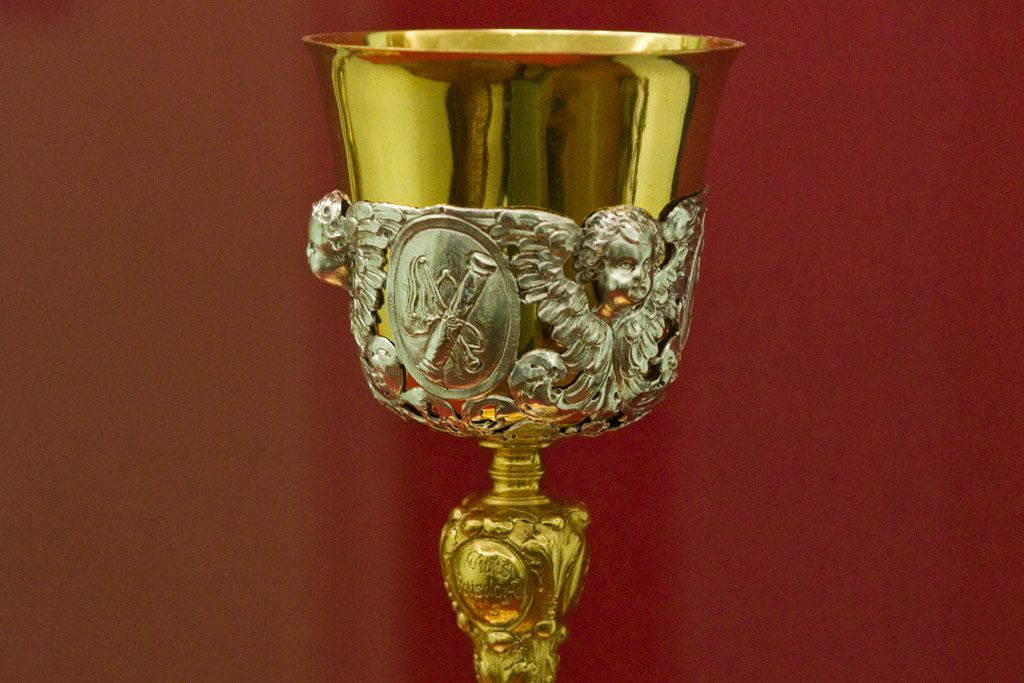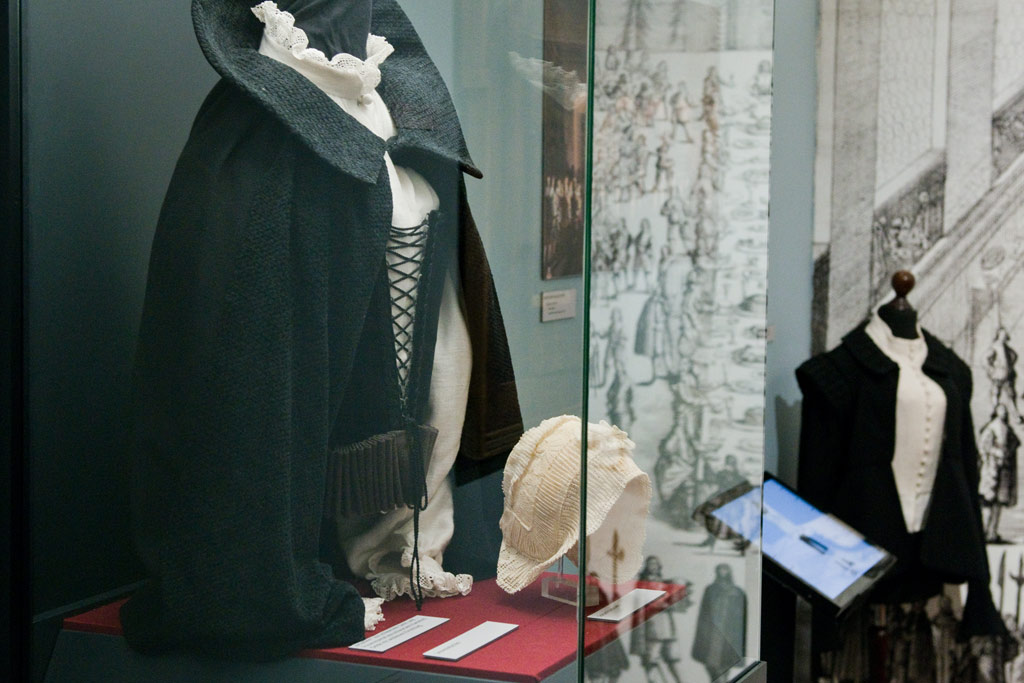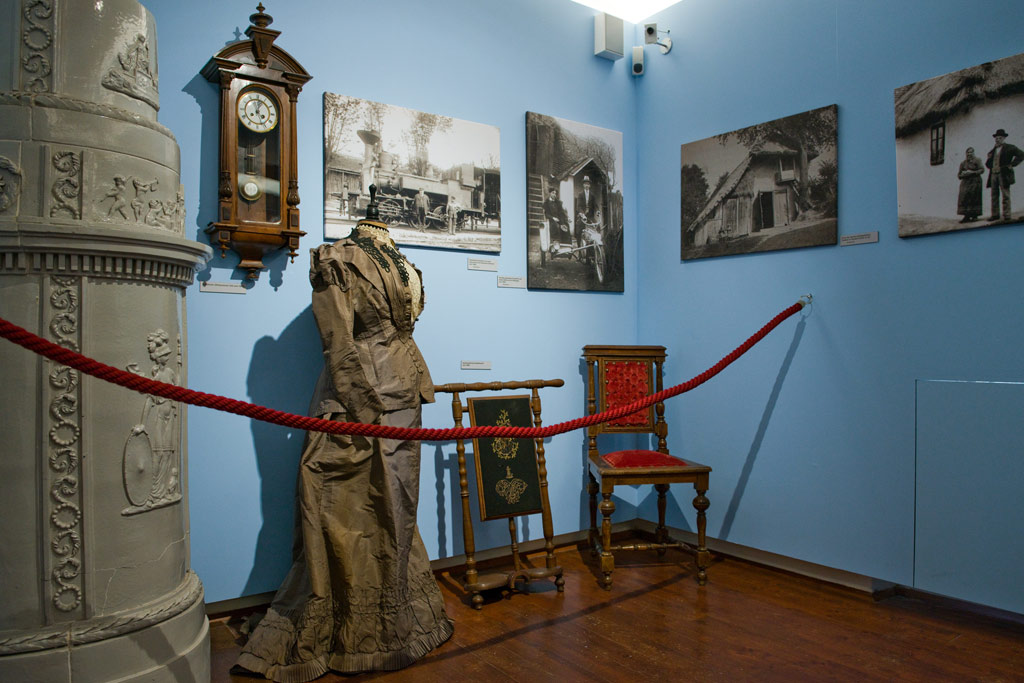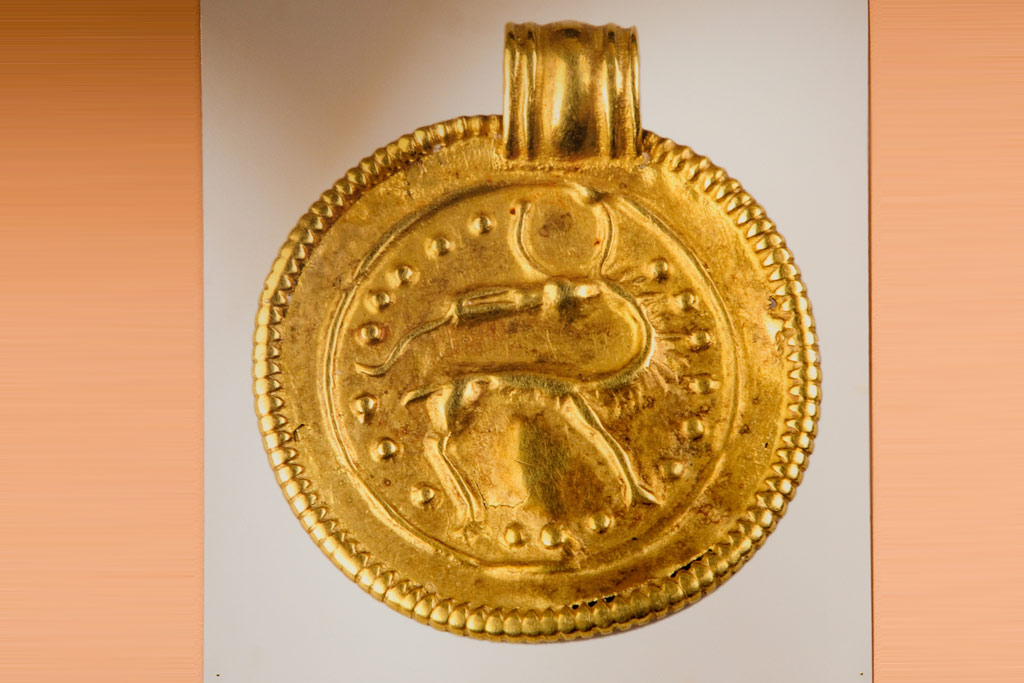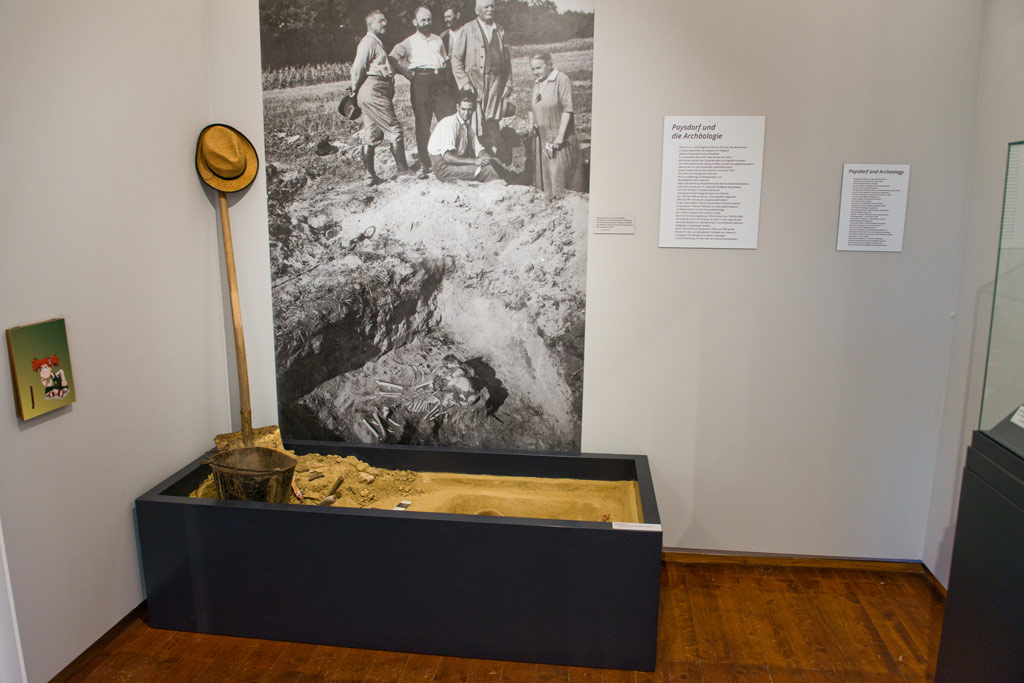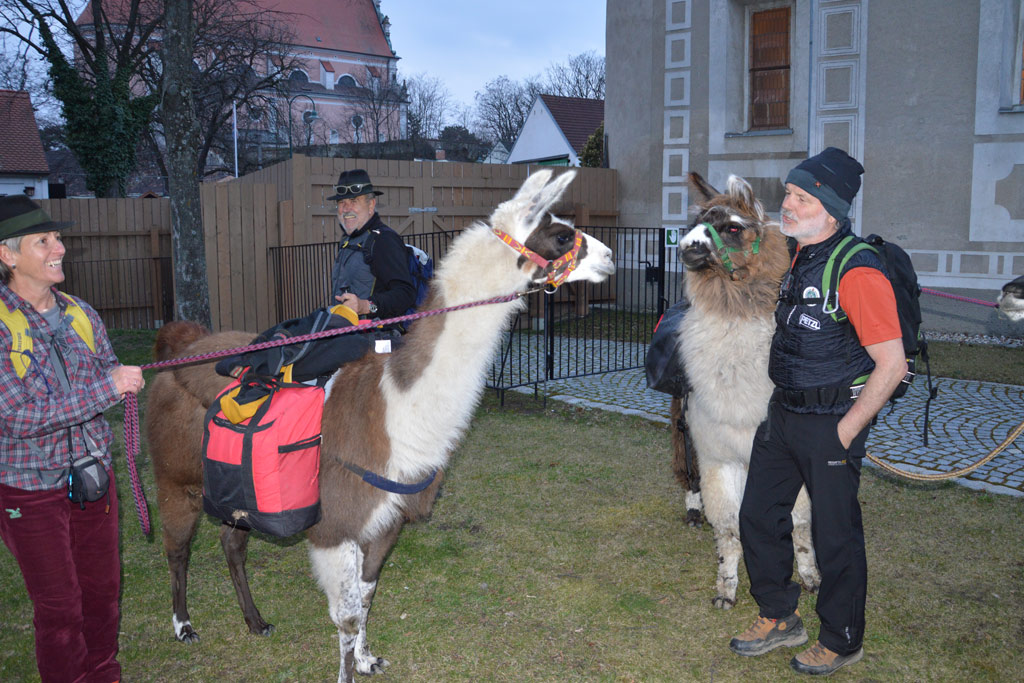Welcome to Poysdorf
Vino Versum is Poysdorf‘s tourist centre and first point of contact for visitors, offering a broad range of possibilities to experience the universe of grapes, wine and viticulture.
The following pages invite you to experience many facets of the wine town and give you an overview of the variety of restaurants and taverns. Make your choice among a broad range of accommodations – from private guest rooms or a place at the camping site directly by the swimming pond, to upscale comfort rooms and a 4 star hotel – for an enjoyable stay with us.
The WEIN+TRAUBEN Welt is one of the main tourist attractions in Lower Austria. Our pittoresque cellar lanes, the vinyards and all other sights which can also be experienced by tractor cruises, are waiting to be discovered by you! Poysdorf has much to offer for hikers and bikers, too: come and convince yourself!
We look forward to your visit to Poysdorf!
Mayor Josef Fürst and Vino Versum CEO Susanne Reidlinger, MA
Poysdorf‘s delicious wines are the reason to come, to discover, to stay.
1400 hectar (5.4 square miles) wine growing area , one of the biggest wine producing places in the country and a landscape of hills made of loess and loamy soil, heavy and claggy or light and sandy: this is our wine town
On well-known vineyards called Kirchbergen, Bürsting or Hermannschachern we grow Welschriesling, Riesling and Zweigelt, but also Pinot Blanc or Silvaner. Over 2000 hours of sun per year produce very mature wines, the reliably cold winters also make delicious ice wines.
Salon, Falstaff or Prague Wine Trophy: every year Poysdorf’s wine growers submit their vintage for evaluation by high profile expert panels. And they get more and more prizes and awards for their products.
Weinviertel DAC, the most peppery wine of Austria!
Grüner Veltliner branded as Weinviertel DAC is the most typical wine of the region.DAC stands for typical taste and guaranteed origin of the region. And it keeps its promise: wine lovers are fascinated by the peppery-spicy, fine fruity taste of Weinviertel DAC, which is Poysdorf’s biggest and most successful origin brand in the world of wine.
Read more at www.weinvierteldac.at
Poysdor f ’s City Wine
A special feature of Poysdorf is the selection of one red and one white wine to become the City Wine, representing the quality wines of a particular year. The best of the best vintages are determined every year by blind tasting. Both wines can be tasted and purchased at the respective estates and at Poysdorf Wine Market. You can also order the City Wine at local restaurants.
The secret landmarks of the town
are the cellar lanes. Poysdorf boasts more than 10, and each one has its own distinctive flair. They are interesting sites for guided tours, idyllic places for rest during hikes and walks, pittoresque scenery for events and favoured retreats for wine lovers.
Poysdorf sparkles
What do the Champagne and Poysdorf have in common? Both are situated on the same latitude and offer ideal conditions for producing base wine for interesting sparkling wines by their moderate-cool climate.
Since the middle of the 19th century, the important Austrian wine producers cover large quantities of their wine supply from Weinviertel, three quarters of which come from the Poysdorf region.
Besides Schlumberger, several wine makers from Poysdorf now offer their own local sparkling wines.
Welcome to tasting!
At the Wine Market, all the wines are present: Veltliner, Riesling, Silvaner and Zweigelt. Here, you can taste and purchase more than 300 different wines from 30 Poysdorf wine growers.
Opening hours: all year daily 9 am – 6 pm, March to October 9 am – 7 pm
More information at: www.weinmarkt-poysdorf.at
Poysdorf – culture with great tradition
Since its first documented mention in the year 1194, Poysdorf looks back at an eventful history. Due to its situation at the border to East Europe, the town often became a site for armed conflicts. And wine always played an important role in the course of history. Thus, Poysdorf owns the oldest documented Austrian vineyard Riede Hermannschachern(1338). In the 16th century, the place developed into a market town because trading and selling its wine had brought prosperity and reputation.
The town offers a variety of cultural activities, starting from many cultural monuments such as wayside crosses or chapels , including museums and galleries and leading to a wide range of events all year round.
Poysdorf is the centre of the region Veltlinerland, a retreat along the Weinviertel Way of St. James, a favourite spot for short vacations and starting point for trips to nearby Czech Republic.
The settlement Poysdorf was first mentioned in the register of Klosterneuburg in 1194/1196. A connection of the toponym with the name of the stream Poybach is very likely.
DDue to its situation in a border area, the town was hit by several armed conflicts and hostile invasions. Poysdorf was in the centre of action during the conflicts of Duke Henry II Jasomirgott with Hungary (1176), when Duke Frederick II the Quarrelsome tried to stop the Mongol invasion at the borders of Lower Austria (1226), or when Hungary wanted to reconquer their lost border fortresses in Burgenland (1241/42). The Bohemian kings tried to gain control of the territory on several occasions.
Viticulture is documented since the beginning of the 14th century. The oldest preserved building of the town, the ‘Eisenhuthaus’ was built in the 16th century and has been converted into a welcoming guest house and restaurant by the winemaking family Rieder in 2012.
On May 4, 1582 Emperor Rudolph II conferred market rights to Poysdorf which counted 200 ‘built’ houses and courts and around 1.500 inhabitants at this time.
By defining a couple of ‘wine carriers’ or ‘biblical scouts’ carrying a giant grape as their coat of arms in 1667, Poysdorf illustrated the importance of wine for the marketplace.
In 1639 a firestorm burnt down 170 of 250 houses. Towards the end of the Thirty Years War in 1645, a Swedish vanguard transformed the church, built in 1640, into a fortress. The church’s seat rows are still called ‘riding school’, recalling its use as horse stables.
To prevent Poysdorf from sacking, the inhabitants delivered 1.000 buckets of wine, corn, oat, groceries, carriages, horses and animals for slaughter. In exchange, the town received the writ of protection ’salva guardia’, thus avoiding serious hardship for the population.
In 1645, almost 5.000 people died from the plague.
In 1850, Poysdorf counted 2.327 inhabitants and 382 houses on a surface of 11,85 km².
As of 1888, Poysdorf had a railway station for the local train Enzersdorf at Staatz-Poysdorf, and from 1907 onwards also for the railway line Dobermannsdorf – Poysdorf. The station was closed in 1987.
In 1923, the market town obtained the status of a city.
During World War II, Poysdorf was bombed several times.
In May 1945 the expelled German refugees from South Moravia arrived in Poysdorf and the town came under Soviet occupation in the same year. The last Russian soldier left Lower Austria on September 19, 1955.
In 1952, the co-operative of wine growers from Poysdorf and surroundings was founded.
Since spring of 2007, the wine experience world ‘Vino Versum’ is located at Kellerg‘stetten, attracting many visitors to the Wine Town.
In 2013, Poysdorf was the venue of Lower Austria’s exhibition ‘Bread & Wine’
On April 21, 2014, Poysdorf’s WEIN+TRAUBEN Welt was opened.
Poysdorf in the Middle Age
The largest part of Weinviertel belongs to the Great Moravian Empire which rose at the end of the 8th / beginning of the 9th century and came under Hungarian rule at the beginning of the 10th century. The eastern part of Weinviertel then fell into a vacuum of political powers. Until the middle of the 11th century, during battles against Bohemia and Hungary, it was settled by Bavarians and Franks. Thereafter, the region Weinviertel was integrated into the Margraviate Austria.
The settlement Poysdorf was first mentioned in the register of Klosterneuburg in 1194/1196. A connection of the toponym with the name of the stream Poybach is very likely.
Due to its situation in a border area, the town was hit by several armed conflicts and hostile invasions. Poysdorf was in the centre of action during the conflicts of Duke Henry II Jasomirgott with Hungary (1176), when Duke Frederick II the Quarrelsome tried to stop the Mongol invasion at the borders of Lower Austria (1226), or when Hungary wanted to reconquer their lost border fortresses in Burgenland (1241/42).
Viticulture is documented since the beginning of the 14th century., the first mention of a vineyard was Hermannschachern in 1334.
Renaissance und uprise
The Renaissance changed Poysdorf like no other period before. On May 4, 1582 Emperor Rudolph II conferred market rights to Poysdorf which counted 200 ‘built’ houses and courts and around 1.500 inhabitants at that time. The market privilege allowed the citizen to enact laws, for example the wine order established by the town council in 1584 and 1595. No other wine was allowed to be brought into the town except from the Manor of Liechtenstein.
The culture and trade of wine made Poysdorf wealthy within a short period. A visible sign is the church of Saint John built in 1630ies, exclusively financed by the citizens of Poysdorf.
In 1639 a firestorm burnt down 170 of 250 houses. Towards the end of the Thirty Years War in 1645, a Swedish vanguard transformed the church, built in 1640, into a fortress. The church’s seat rows are still called ‘riding school’, recalling its use as horse stables. To prevent Poysdorf from sacking, the inhabitants delivered 1.000 buckets of wine, corn, oat, groceries, carriages, horses and animals for slaughter. In exchange, the town received the writ of protection ’salva guardia’, thus avoiding serious hardship for the population.
One witness of the wealth of that time are Renaissance textiles, household gear and books from the period around 1650, discovered in Poysdorf in 1883.
In 1657, Emperor Ferdinand III entitled Poysdorf to make a couple of ‘wine carriers’ or ‘biblical scouts’ their coat of arms: an illustration of the importance of wine to the town.
The Baroque Wine Town along Brünner Strasse
Viticulture had played a decisive role for Poysdorf since the Middle Age. It brought wealth to the town. Prestige buildings were erected, such as the Public Hospital (1657/1658) with adjacent Barbara Chapel (1663/1664), the shooting place (1672) and the Capuchin Monastery at Wienertor (1677). The plague column at Dreifaltigkeitsplatz (1715) was donated by citizens and not by aristocrats. Many preserves work of art witness the town’s prosperity during the Baroque Age. Besides viticulture, trade was another reason for Poysdorf’s rise. The road from the capital Vienna to Brünn was and still is an important European route, enabling the trade with Moravia, Silesia, Prussia, the Baltic countries and Russia
The history of modern Brünner Strasse began with Emperor Charles VI in 1729, when the road was improved and expanded and also used for postal transports. From 1709 on, Poysdorf was a postal station. Emperors and kings used this road as well as peasants, traders, beggars, postillions, merchants and soldiers. Next to smiths, saddlers and wainwrights, the inns along the road were the most important infrastructure for travellers.
Poysdorf during period of foundation
When in 1848 revolution broke out in Vienna, a national guard was established in Poysdorf. After the defeat of the revolution, Poysdorf became a district capital, but soon again lost this status to Mistelbach in 1852. Poysdorf then counted 2.327 inhabitants and 382 houses on a surface of 11,85 km².
In 1866, Poysdorf was occupied by 6.000 Prussian soldiers after the battle of Königgrätz. Cholera broke out, claiming hundreds of lives among the population and the troups.
As of 1888, Poysdorf had a railway station for the local train Enzersdorf at Staatz-Poysdorf, and from 1907 onwards also for the railway line Dobermannsdorf – Poysdorf. The station was closed in 1987. Around 1900, the marketplace Poysdorf was the wealthy commercial centre of the region.
Poysdorf and Archaeology
Weinviertel and the region around Poysdorf had a tighter population than average in prehistory and early history which is proven evidence by important excavations in the surroundings from almost all historic periods since the Neolithic Age. Anthropologic marks date back about 7.000 years in history.
The first archaeological excavations were made in 1920. Diggings take place almost every year in the area and often produce interesting results. The most important records are shown at WEIN+TRAUBEN Welt.
The most outstanding among the numerous exhibits is a golden bracteate from a female tumb in the Langobarde cemetery. The original has a diameter of 2,5 to 3 cm and is shown at the Museum of Natural History in Vienna.
Pilgrim station on the Way of Santiago
Poysdorf is located at the Weinviertel Way of Santiago, leading from the holy mountain in Mikulov/Czech Republic across Drasenhofen, Mistelbach, Großrußbach and Stockerau to Mautern at the Danube (162 km). There it connects to the Austrian Way of Santiago along the Danube and to the European route leading to Santiago de Compostela in Spain.
Poysdorf is recommended to rest after a long day’s walk and stay overnight in one of the comfortable accommodations of the town.
More information can be found at www.jakobsweg-weinviertel.at
Sie sehen gerade einen Platzhalterinhalt von Google Maps. Um auf den eigentlichen Inhalt zuzugreifen, klicken Sie auf die Schaltfläche unten. Bitte beachten Sie, dass dabei Daten an Drittanbieter weitergegeben werden.
Mehr InformationenSie sehen gerade einen Platzhalterinhalt von Facebook. Um auf den eigentlichen Inhalt zuzugreifen, klicken Sie auf die Schaltfläche unten. Bitte beachten Sie, dass dabei Daten an Drittanbieter weitergegeben werden.
Mehr Informationen





